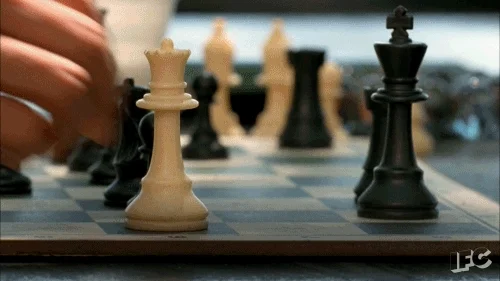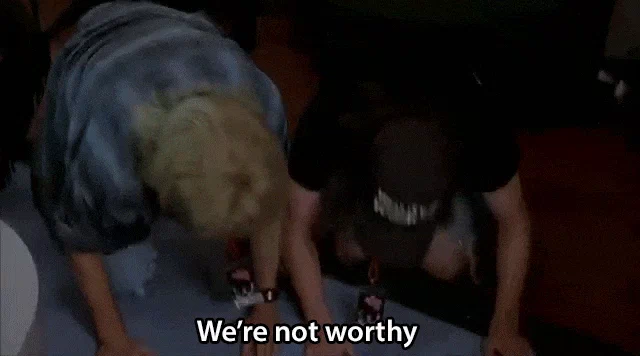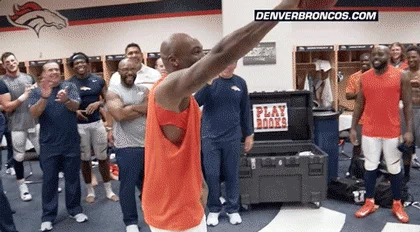Yeah, I definitely think Dorsey has had a big effect on Brad. He’s generally a high-value position guy as well. In 5 years in charge of the Chiefs he selected a QB, 2 edge players, a DT, an OT and a CB in the 1st two rounds, and with the Browns he added another QB and 2 CBs. The only lower value position he selected was two C’s, Mitch Morse and Austin Corbett, and RB Nick Chubb, all in the 2nd round.
But unlike Brad he was notorious for taking chances on players with off-the-field red flags. Some worked like gangbusters with Tyreek, Kareem Hunt, Marcus Peters and Kelce, some flopped like Antonio Calloway, Desmond Harrison and KeiVarae Russell, but it’s not something we’ve seen Brad do yet.
I’d also add that Dorsey was notorious for his poor managerial style. This is what ultimately got him fired in Kansas City. This article does a great job of expounding on those issues.
https://www.si.com/nfl/2017/06/29/kansas-city-chiefs-john-dorsey-fired-nfl-notebook
Of particular interest are the following sections:
“Given the power each then wielded, the stock criticism of Dorsey—that while he’s incredibly respected as an evaluator, he’s more scout than manager—was validated with a level of disorganization that was noticeable before the hyper-organized Ballard departed, and obvious after he left for Indy.”
" As one source explained it, “It wasn’t dysfunction so much as it was decisions were being made that seemed to come out of nowhere. So that existed, but the people here weren’t aware that ownership was aware of it. … You look back now, how it worked out, and ownership was more aware that it didn’t need to be run that way.”
"There were also a few flash points to prove it out over the past 18 months:
• The selection of Stanford quarterback Kevin Hogan in the fifth round of the 2016 draft. That move stunned scouts and coaches, based on the evaluation and meetings leading up to the draft. Hogan didn’t wind up making the team four months later, and started last season on the Browns’ practice squad.
• The four-year, $48 million extension with left tackle Eric Fisher in August 2016. At the time of signing, Fisher had failed to entrench himself at the left tackle spot he was drafted to play. In fact, Fisher lost the job to Donald Stephenson during the 2015 season, and Fisher was flipped to the right side. The Chiefs still did the big contract, despite having a year left on Fisher’s rookie deal, and an option year after that.
• The five-year, $41.25 million deal for guard Laurent Duvernay-Tardif in February. This deal came, like Fisher’s, in Duvernay-Tardif’s first offseason eligible for a second contract. Meanwhile, the Justin Houston and Eric Berry contract talks simmered—cap guru Trip MacCracken was let go last month—and the team has spent the past couple years perilously close to the salary cap."
“Others in the building saw signs of decisions becoming less collaborative, and more centered on Dorsey’s instincts. It also didn’t go unnoticed that Dorsey’s draft picks, like Fisher and Duvernay-Tardif, were the ones getting paid early. And the way the Jeremy Maclin release was handled—key members of the staff didn’t know until after it became public—didn’t help squash the internal whispering.”
And of course there was the colossal failure of hiding Freddie Kitchens in Cleveland.
I would argue Brad has already shown more in 2 years from a managerial standpoint than Dorsey ever showed.



